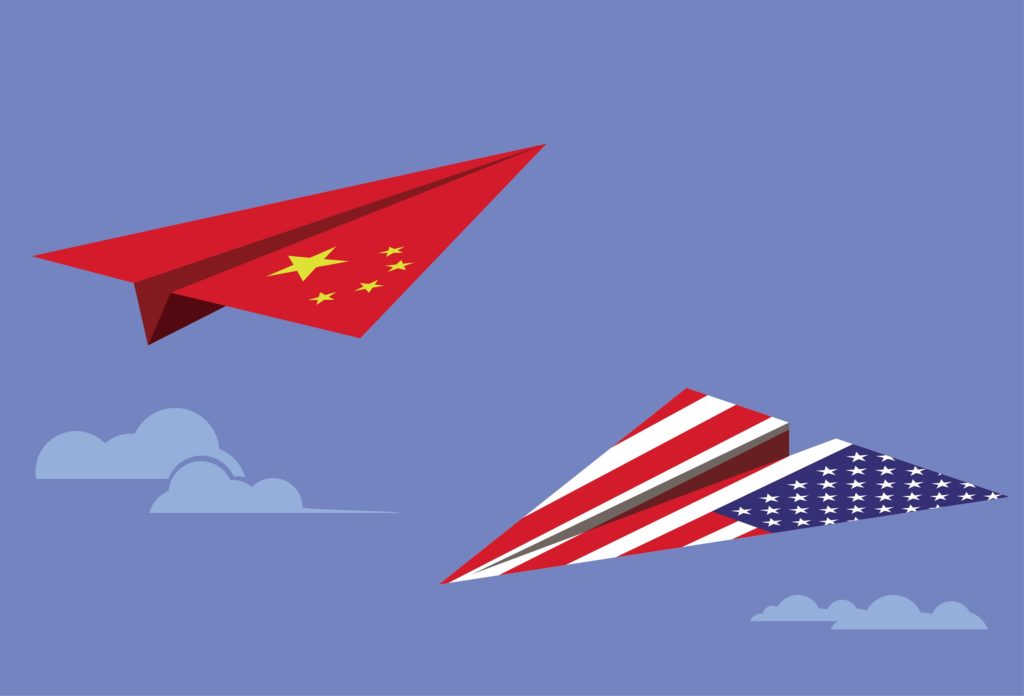While China is increasing its economic engagement with Latin America, the United States’ response to this growing relationship should be geared towards a policy of cooperation. However, with the recent developments from the US-China Trade War pushing China and the United States further away from an agreement, it is at the same time affecting the potential for cooperation between the United States and China in the Western Hemisphere. China has increased its economic ties with Latin America through increases in investment in major infrastructure projects over the years.
Being regional neighbors with the United States, Latin American countries have looked at their neighbor for trade and investment opportunities. However, due to the recent decision to cut aid to Central America and U.S. government officials criticizing Latin America for working with China, the United States seems to be pushing Latin America away. “The U.S. is forcing countries in the region to choose between the U.S. and China,” said Margaret Myers, director of the Latin America and Asia program at the Inter-American Dialogue. “It’s putting Latin American countries in a very challenging position while at the same time not offering a particularly attractive policy.” Yet, this has been a dilemma for Latin America during the Trump Administration, as previous administrations have supported the economic growth in Latin America while just urging for transparency from China regarding its investment projects.
Latin America is a region which China sees potential in and is an area of foreign policy interest. China has even stated that Latin America is a “land of vitality and hope.” Chinese banks have surpassed other banks in the region with the China Development Bank and the Exim Bank of China providing over $140 billion in finance in Latin America since 2005. Most of these loans focus on infrastructure projects in the region. However, in recent years, there has been a “cooling down” of Chinese investment in Latin America, with 2017 and 2018 being the lowest since 2005. Shanghai International Studies University’s own Zuo Pin commented in Guoji Guancha in 2015, a Chinese journal, “Latin America is considered a difficult investment environment.”

In the last two years, we have seen Panama, the Dominican Republic and El Salvador establishing ties with China. During a visit to Panama in December 2018, President Xi Jinping stated, “We must be cooperative partners of mutual benefit and shared profits”, as he spoke on the “mutual benefits of China-Latin America relations”. While China has been increasing its desires to work with Latin American countries, does this threaten the United States presence in the Western Hemisphere, as its Latin American allies face China? Margaret Myers, from the Inter-American Dialogue, states that while China’s influence in Latin America is growing and the United States needs to focus on maintaining its current engagement with Latin America than pushing for an “’us or them’ policy.”
The US-China Trade War has also made its way to Latin America. As the soybean industry in the United States has been hit tremendously in the trade-war between the two countries, China is looking towards Latin America to meet its demand. Brazil and Argentina have seen an increase of their soybean exports to China, yet, they maintain a cautious outbreak of swine fever has lessened the demand for soy for pig feed.

The United States government has been recently renegotiating its free trade agreements, with a particular focus on Mexico in the context of NAFTA. The aim is to deter countries from establishing trade agreements with China. While these agreements are meant to allow countries to engage in open trade practices between trading partners, the revisions to the policy are contradictory. Additionally, due to increased pressure from the United States government on Mexico to “halt” immigration crossings across the US-Mexico border, the United States announced a “5% tariff on goods from Mexico starting on June 10.” Following an agreement with Mexico, the tariff has been lifted – but could be re-imposed again down-the-line.
The United States cannot prevent Latin America from interacting with China, as China continues to invest in the region. The ties between Latin America and the United States are very intertwined, as are connections increasingly between China and the Western Hemisphere. However, the US can push for cooperation between China and Latin America, as the United States cannot afford to distance itself from its regional allies. Domingo Sadurni Garcia from the Atlantic Council stated, “Any attempt by Washington to counter China’s growing influence by upending these trade deals must weigh the risks of alienating key hemispheric alliances, which have yielded mutual benefits in market access, diplomatic relations, and security cooperation.”
Nataly Cruz-Castillo is a research assistant at ICAS and a M.A. candidate at American University’s School of International Service




